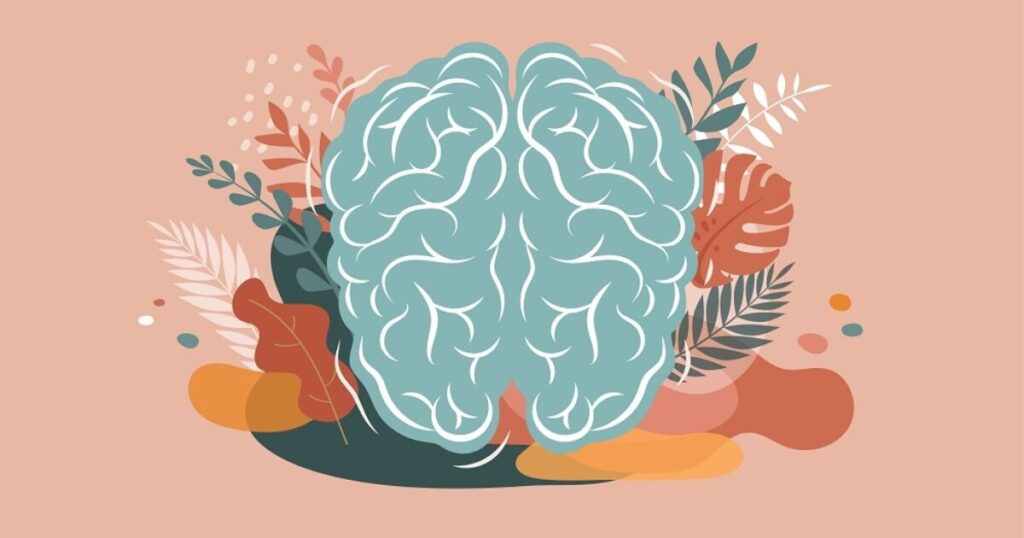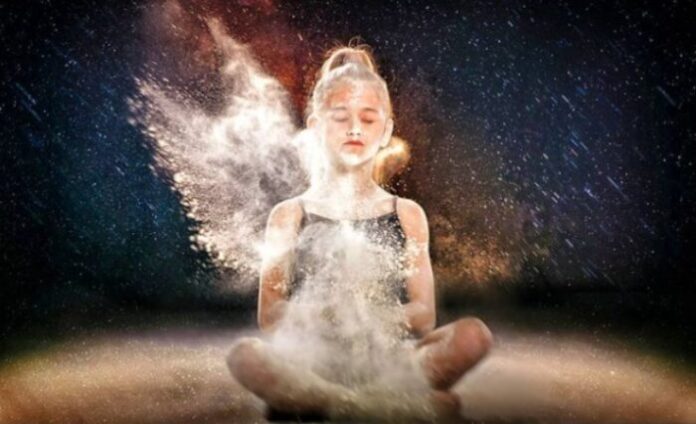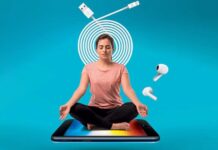Long confinement is associated with a decline in well-being, but the experience of “flow” reduces and sometimes eliminates this link. The experience of a state of Flow involves being wholly absorbed in an activity pleasurable to the point of losing consciousness of your environment.
On the other hand, Mindfulness can generally be defined as moments of non-judgmental awareness of the mind, body, and external environment. Thus, although there is a saying that Flow is a branch of Mindfulness, that is to say, Flow needs Mindfulness as a component of it, but the two are entirely different.
Mindfulness requires a clear awareness of the inside and the outside, in the state of Flow here, because the mind is extremely concentrated, the awareness of the outside is greatly reduced. Many psychologists like Nakamura & Csikszentmihalyi have thoroughly researched the concept of Flow.
Here we will provide information about flow state, how to get into it, and the psychology of Flow. Let’s go!
What is a Flow State?
This state of mind is that moment when you feel you are far from any distraction. It’s you and what you’re doing, and everything else can’t even touch you. A condition that can last for several hours, when you suddenly realize that the watch has moved very far since you last looked at it. According to the psychologist, Mihály Csíkszentmihályi, the state of Flow combines consciousness, concentration, motivation, gratification, all in a single moment of deep awareness.
Living in a state of flux is fundamental in well-being, happiness, self-esteem, creativity, and performance, but it can be found in many other situations: from sport to science, from art to sex.
Identify Your Personal Flow State
It is those moments in which ideas and intuitions flow easily, giving intense satisfaction for what you are doing. In the Flow mental state, you are 100% present. There is no outside world because you are focused on your work. Time seems to stand still; the hours seem to last minutes.
As you experience Flow, you know exactly what you want and work hard to make it happen.
The flow state is a positive feedback loop; in the Flow, you can understand almost immediately if you are going in the right direction. You have that strange feeling that things are going well, and you feel the urge to continue or change. You can confidently evaluate the results you are getting, self-motivating yourself to persist.
During the Flow, what you are doing is a pleasure in itself; it is rewarding. It’s not about money, fame, success; you lose yourself in the things that matter to you.
The Psychology of Flow
The flow state is mainly experienced in music and sport. However, one can also enter into a flowing mental state while dancing, writing, solving puzzles, etc. these are activities require creativity.
Psychologists have proven that the flow state is real and not a magical moment, and anyone can enter this state of deep consciousness and awareness.
You can tap into the flow state individually or as a group (sports teams, organizations), provided a conducive environment.
Flow states have been linked with Autonomous Sensory Meridian Response (ASMR) and synaesthesia (interplay with sensory experiences). ASMR is a flow-like sensory experience felt from the head to the spine. Audiovisual stimulations are the primary triggers of this sensation.
When we are in a state of Flow, the brain releases several hormones which have several positive effects, namely:
- norepinephrine
- dopamine
- anandamide
- serotonin and
- endorphin
These hormonal secretions increase, in particular, our capacity to retain information, our motivation, and our capabilities for adaptation.
The flow state also results in a decrease in activity in the prefrontal cortex, probably related to loss of self-awareness, self-criticism, and sense of time. This decreased activation of the prefrontal cortex would allow other areas of the brain to communicate more freely.
How to Achieve Flow in Your Work
The flow state of mind cannot be activated on command. However, some conditions increase the likelihood of it occurring while you are at work. Flow state breathing is one of the triggers to enter into the state flux. Here are tips on how to achieve a flow state of mind in your work:
Set clear goals
Defining a precise goal and a plan to achieve it increases your motivation. With a good plan, you will always know what to do and why you are doing it, and there would be no room for anxiety.
Eliminate distractions
Eliminate any distractions and any possible interruptions ( phone calls, messages, etc.). It is crucial because, during the Flow, we feel confident in our means, and it is not about self-exaltation. Instead, we only become more aware of the actual value of our skills. An athlete during the competitive trance, for example, best expresses what she has learned in hours of hard training. For you, it must be the same: get busy.
Take away the fear of failure
The fear of failure takes away the creative Flow. An excellent way to fight it is to increase your skills to tackle new projects with more confidence. And the more things you know how to do, the more you will raise the bar of your challenge, facing more challenging tasks.
Do what you enjoy
Your chances of achieving Flow when you do something you don’t love is low. So, focus more on things you love.
Challenge yourself
In front of a difficult task, frustration wins; in front of an easy one, boredom. The maximum concentration and motivation you reach when you are involved in what you are doing balances the difficulty to overcome and your skills.

Creative Health
Rest is essential to achieve a good flow state and for a healthy life. The general rule is to have a good sleep to rest well, but there are other means to achieve that aside from sleeping. To achieve creative Flow, here are four primary forms of rest you need:
Mental rest
When you are mentally exhausted, it becomes difficult to concentrate. This requires you to take a break from work and clear your head. Meditation, reading fiction, and doing things unrelated to your work are good ways to get mental rest. So, leave your computer screen and other gadgets; take a walk and clear your mind.
Social rest
Social rest involves connecting with your friends and loved ones. So, after a long day at work, link up with friends that are supportive and unwind from the day’s stress. It could be at a bar, park or you connect via video calls.
Physical rest
It involves taking a nap or sleeping, which are passive forms of physical rest. Active rest, on the other hand, consists in stretching activities like yoga and massage therapy.
Spiritual Rest
The drive to achieve your laid down goals can get you so engrossed that you completely disconnect from your immediate environment. Once the goal is completed, it is time to get spiritual rest. This may involve meditation, volunteering, reading your holy books, and appreciating the beauty of nature.
Now you can see that sleep isn’t the only source of restoration. So, learn to study yourself to know the type of rest your body needs.

Conclusion
Mindfulness and the state of Flow are essential concepts for well-being, creativity, and performance but mind you; they shouldn’t be confused for each other. Hopefully, the tips above will help you tap into a flow state and achieve your goals.











